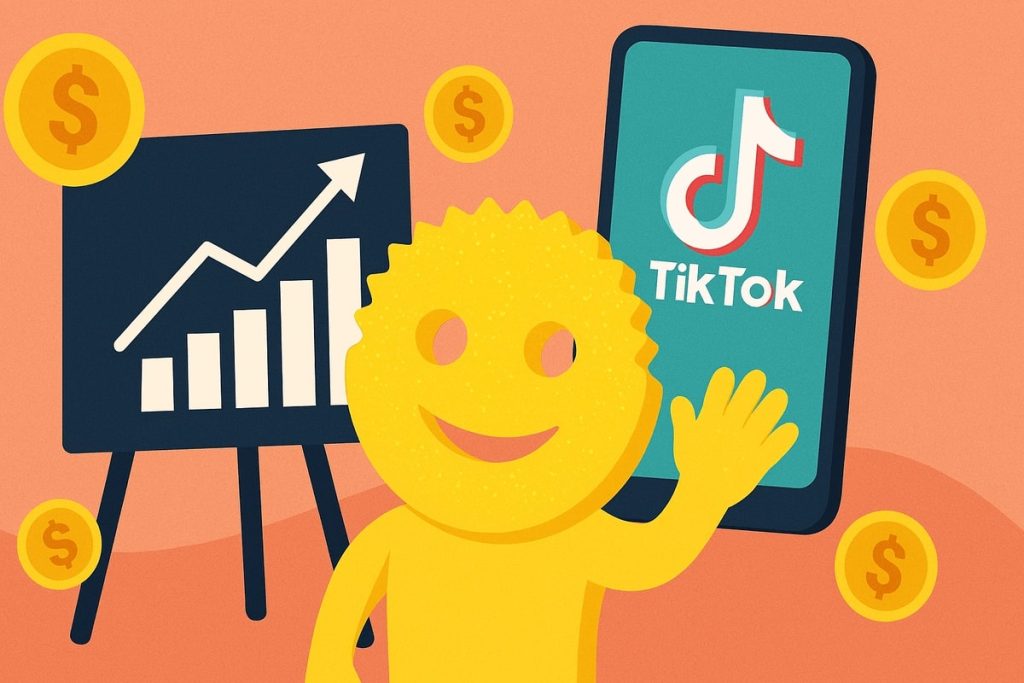“Who needs an SEO strategy when running paid ads seems so easy?”
You throw money at the platform, see traffic roll in, and if your targeting is dialed in you make sales. It feels like a growth engine that scales infinitely.
Until it doesn’t.
Eventually, your return on ad spend (ROAS) shrinks, competition drives up costs, and you hit a wall.
Then what?
If you’ve been ignoring your SEO strategy and organic growth, you’re now in scramble mode trying to build what you should have been investing in all along.
Let’s talk about why only relying on ads is a dangerous game and how to balance paid and organic for long-term success.
The Illusion of Paid-Only Growth
Here’s the lie: “If we just pump more money into paid ads, we’ll keep growing.”
Sure, for a while, that’s true. But ad costs don’t stay the same. Markets shift. Algorithms change. Competitors jump in. Suddenly, your cost per acquisition (CPA) skyrockets, and your ROAS starts to tank.
What happens next?

You either:
- Increase your budget just to maintain the same results (expensive and unsustainable).
- Lower your ad spend and watch sales drop (a slow death).
- Scramble to build an organic presence (playing catch-up when you should be leading).
None of those are good options. But this is exactly where most paid-only businesses end up.
The Catch-Up Game: What Happens When Paid Stops Working?
Let’s paint the picture.
Your ads stop performing.
You realize organic traffic could save you, but SEO and content marketing take time. So now, instead of compounding years of organic momentum, you’re just starting from zero.
Meanwhile, your competitors?
They’ve been investing in content, SEO strategy, and brand awareness for years.
Their blogs rank. Their social presence is strong. Their email list is full of warm leads.
They’re winning without having to spend a fortune on ads.
And you?
You’re just now realizing that paid ads were a short-term play all along.
Case Study: How 4moms Dominated Organic Search with SEO
4moms, a leader in high-tech baby gear, had a major problem despite being an industry powerhouse. Their product and collection pages weren’t optimized for high-intent keywords.
Take the term “baby swing.” This was one of the most valuable search terms in their category.
Parents were actively looking for products like theirs, but 4moms wasn’t ranking for it. Instead, competitors were capturing all that organic traffic and revenue.
Making things even more challenging, a 2022 product recall impacted their brand’s online reputation. With trust at stake, they needed a way to rebuild credibility and ensure customers found them first when searching for baby gear.
The SEO Strategy That Changed Everything

To fix this, 4moms partnered with Taktical Digital to implement a comprehensive SEO strategy focused on:
- Optimizing their product and collection pages with high-intent keywords.
- Strengthening their site’s authority to outrank competitors.
- Improving content and site structure to capture more organic traffic.
The results?
- 384% increase in visibility over time.
- 682% increase in organic revenue from their Seats & Swings collection page.
- Position 1 ranking for “baby swing.”
By investing in SEO early, 4moms secured long-term, sustainable traffic that continues to drive sales without solely relying on ad spend.
This is why organic growth isn’t optional. If you’re not actively building your SEO strategy now, you’re handing market share to competitors who are.
The Smart Play: A Hybrid Strategy That Fuels Long-Term Growth
Paid ads should fuel a bigger strategy, not be your entire strategy.

Here’s how to balance paid and organic for sustainable growth:
1. Use Paid Ads to Amplify What’s Already Working Organically
Instead of throwing ad dollars at cold traffic, amplify what’s already gaining traction:
- Run ads on your best-performing blog content.
- Promote high-ranking product pages to drive conversions.
- Retarget organic visitors instead of constantly chasing new ones.
2. Invest in SEO Before You Need It
If you’re going to create content anyway, make sure it ranks:
- Optimize product pages with high-intent keywords (just like 4moms did).
- Build topic clusters around your most important search terms.
- Publish valuable content that drives long-term, compounding traffic.
3. Use Retargeting to Lower Costs
Paid ads are expensive when you’re constantly hunting for new customers.
Instead:
- Retarget people who have engaged with your organic content.
- Build lookalike audiences based on organic visitors.
- Use email marketing to nurture leads from organic traffic, reducing ad reliance.
4. Build Brand Awareness with SEO and Paid Ads Together
Strong brands don’t just show up in ads, they show up everywhere.
- Social media, content marketing, and SEO build credibility.
- Paid ads reinforce trust by keeping your brand top-of-mind.
- The more brand touchpoints you have, the higher your conversion rates.
This is how you scale sustainably.
Play the Long Game
Paid ads are a sprint.
SEO is a marathon.
Why not run both at the same time?
The companies that dominate don’t wait until paid stops working to start building organic traction. They lay the foundation early, so when ad costs rise, they already have a sustainable growth engine in place.
Don’t wait until it’s too late, start building your SEO strategy now.
Because when paid media growth stalls, you don’t want to be the one playing catch-up.







